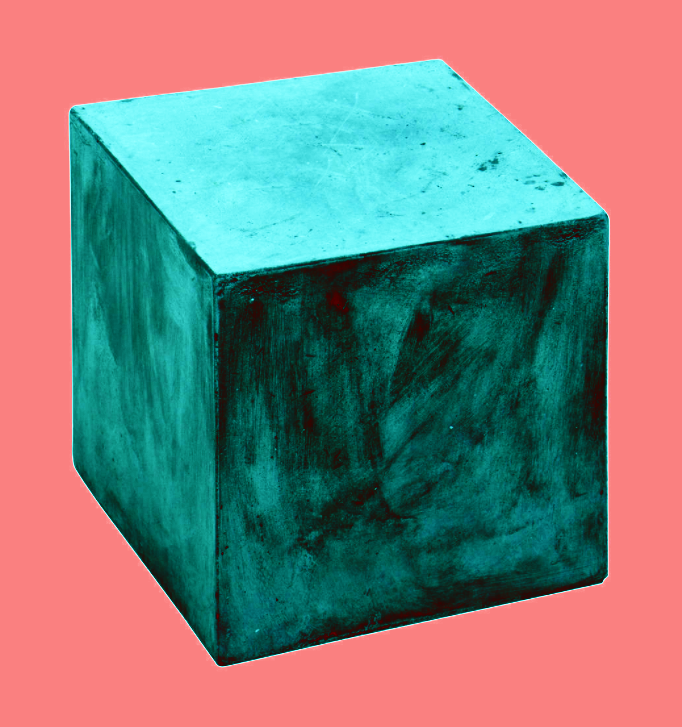Green concrete mix tested
 A new type of concrete could recycle double the amount of coal ash compared to existing standards.
A new type of concrete could recycle double the amount of coal ash compared to existing standards.
Coal-fired power plants produced over 1.2 billion tonnes of coal ash in 2022, with Australia contributing nearly a fifth of its total waste.
Despite a shift towards renewable energy, coal ash will remain a significant waste product for decades.
At the same time, cement production is responsible for 8 per cet of global carbon emissions, and the demand for concrete is soaring.
In collaboration with AGL's Loy Yang Power Station and the Ash Development Association of Australia, engineers at RMIT University have developed a method to replace 80 per cent of the cement in concrete with coal fly ash.
The RMIT team has also explored the potential of repurposing lower-grade pond ash from coal slurry storage ponds.
Preliminary results show similar performance with lower-grade pond ash, potentially opening a whole new hugely underutilised resource for cement replacement.
RMIT, in partnership with Hokkaido University's Dr Yogarajah Elakneswaran, has developed a pilot computer modelling program to predict the long-term performance of these new concrete mixtures.
This modelling reveals the interaction of various ingredients in the new concrete, such as the quick-setting nano additives that boost performance during early stages, compensating for the slower-setting fly ash and pond ash.
This research, supported by the ARC Industrial Transformation Research Hub for Transformation of Reclaimed Waste Resources to Engineered Materials and Solutions for a Circular Economy (TREMS), is a collaborative effort involving nine Australian universities and 36 industry partners.
TREMS aims to minimise landfill waste and repurpose reclaimed materials for construction and advanced manufacturing.
Relevant studies include;








 Print
Print